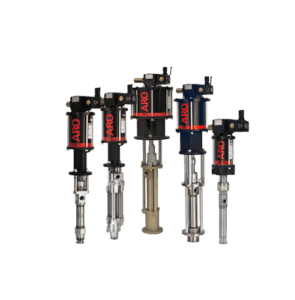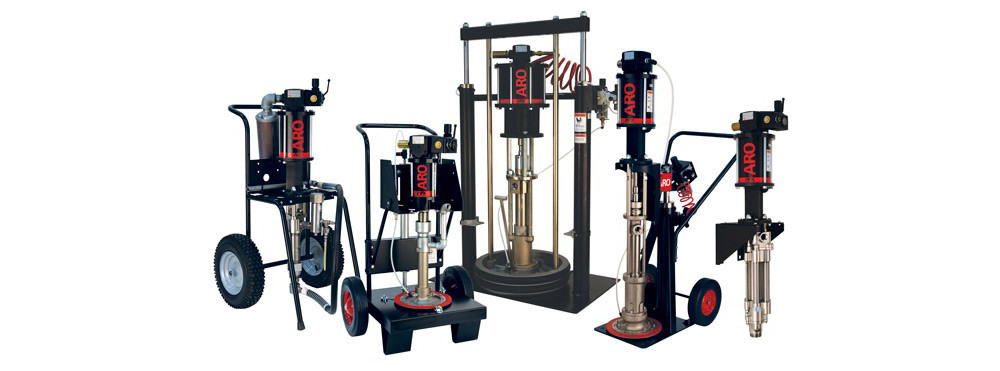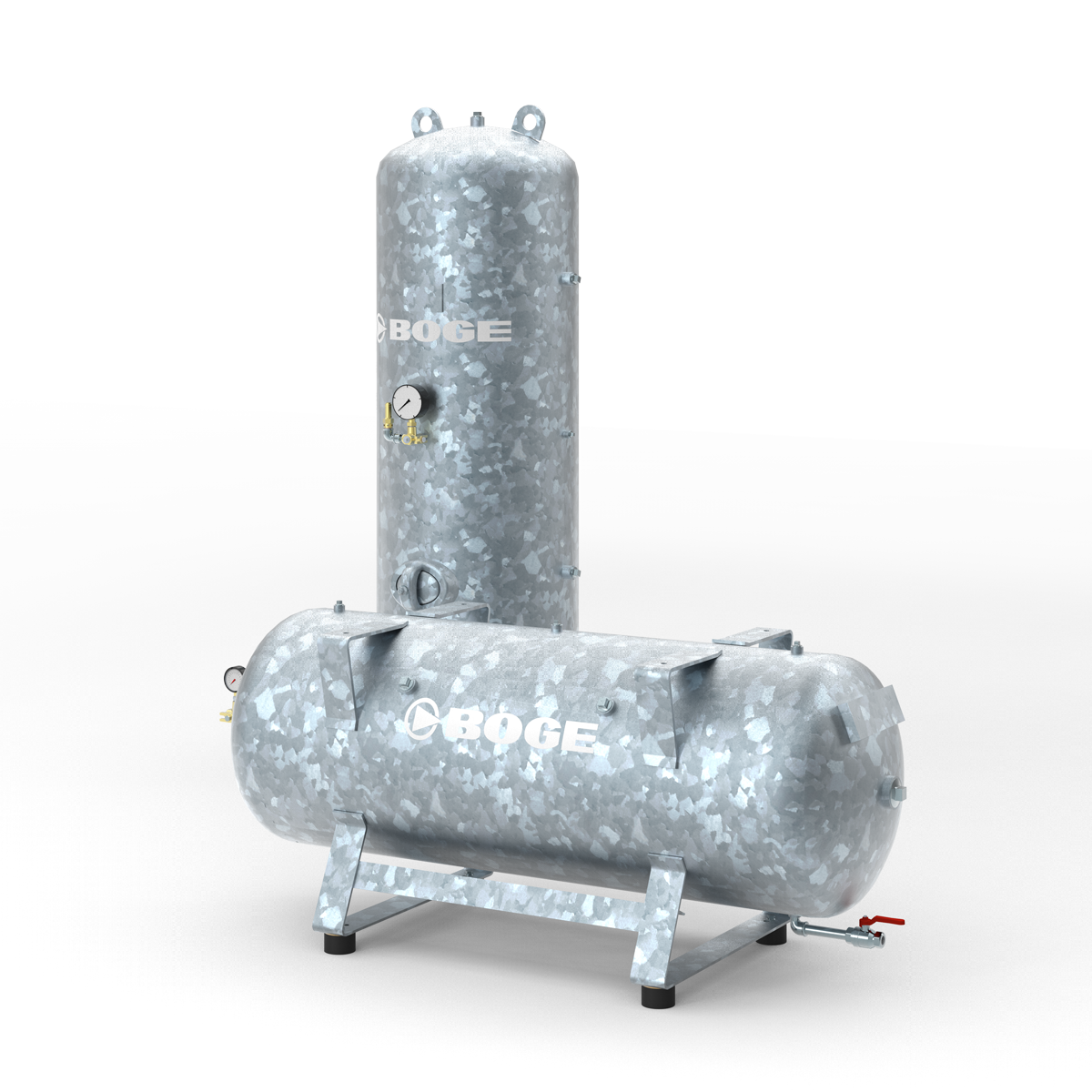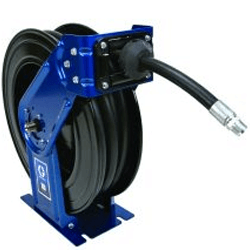Pumps
How does a Centrifugal Pump Work
Impeller Design and Function
Impeller Blades
The impeller’s curved blades create a spinning motion that generates centrifugal force, pushing the fluid outwards through the pump casing.
Rotational Speed
The impeller’s rotational speed is a key factor in determining the pump’s flow rate and pressure output.
Hydraulic Design
Careful impeller design optimises the fluid flow, minimising turbulence and energy losses for maximum efficiency.
Intake and Outlet Flow
Fluid Intake
Fluid is drawn into the pump through the suction or intake port, where the impeller’s rotation creates a low-pressure area.
Centrifugal Force
The spinning impeller uses centrifugal force to accelerate the fluid outwards through the pump casing.
Fluid Outlet
The fluid is expelled through the discharge or outlet port at high velocity, generating the required pressure and flow rate.
Pressure Generation
Kinetic Energy
The spinning impeller converts the fluid’s kinetic energy into pressure energy as it is forced through the pump casing.
Volute Design
The pump’s volute or casing shape is designed to efficiently convert the fluid’s kinetic energy into pressure.
Discharge Pressure
The pressure at the pump’s discharge port is higher than the intake pressure, providing the required system pressure.
Centrifugal Force and Velocity
As the impeller rotates, it creates a low-pressure area at the centre, drawing fluid into the pump. The fluid is then accelerated outwards by centrifugal force, building up velocity and pressure as it moves through the pump casing.
The fluid’s velocity increases as it moves from the impeller’s eye (intake) to the outer edge (discharge), due to the conversion of rotational kinetic energy into linear energy.
Efficiency and Performance
High Efficiency
Centrifugal pumps are known for their efficiency, often achieving over 80% efficiency in optimal operating conditions.
Performance Curve
The pump’s performance curve shows the relationship between flow rate, pressure and power, allowing engineers to select the best pump for the application.
Operational Range
Centrifugal pumps have a wide operational range, allowing them to handle a variety of flow and pressure requirements.
Energy Savings
The high efficiency of centrifugal pumps can lead to significant energy savings compared to other pump types.
Maintenance and Troubleshooting
Lubrication
Regular lubrication of bearings and seals is essential for smooth and reliable operation.
Impeller Inspection
Checking the impeller for wear or damage can help identify and address performance issues.
Vibration Monitoring
Monitoring pump vibration can detect potential problems before they become serious.
Troubleshooting
Understanding common pump issues and their causes can help quickly resolve problems.
Applications of Centrifugal Pumps
Industrial
Centrifugal pumps are widely used in manufacturing, chemical processing, and power generation industries.
Water and Wastewater
They are essential for water supply, irrigation, and sewage treatment systems.
HVAC Systems
Centrifugal pumps circulate water or refrigerants in heating, ventilation, and air conditioning (HVAC) applications.














